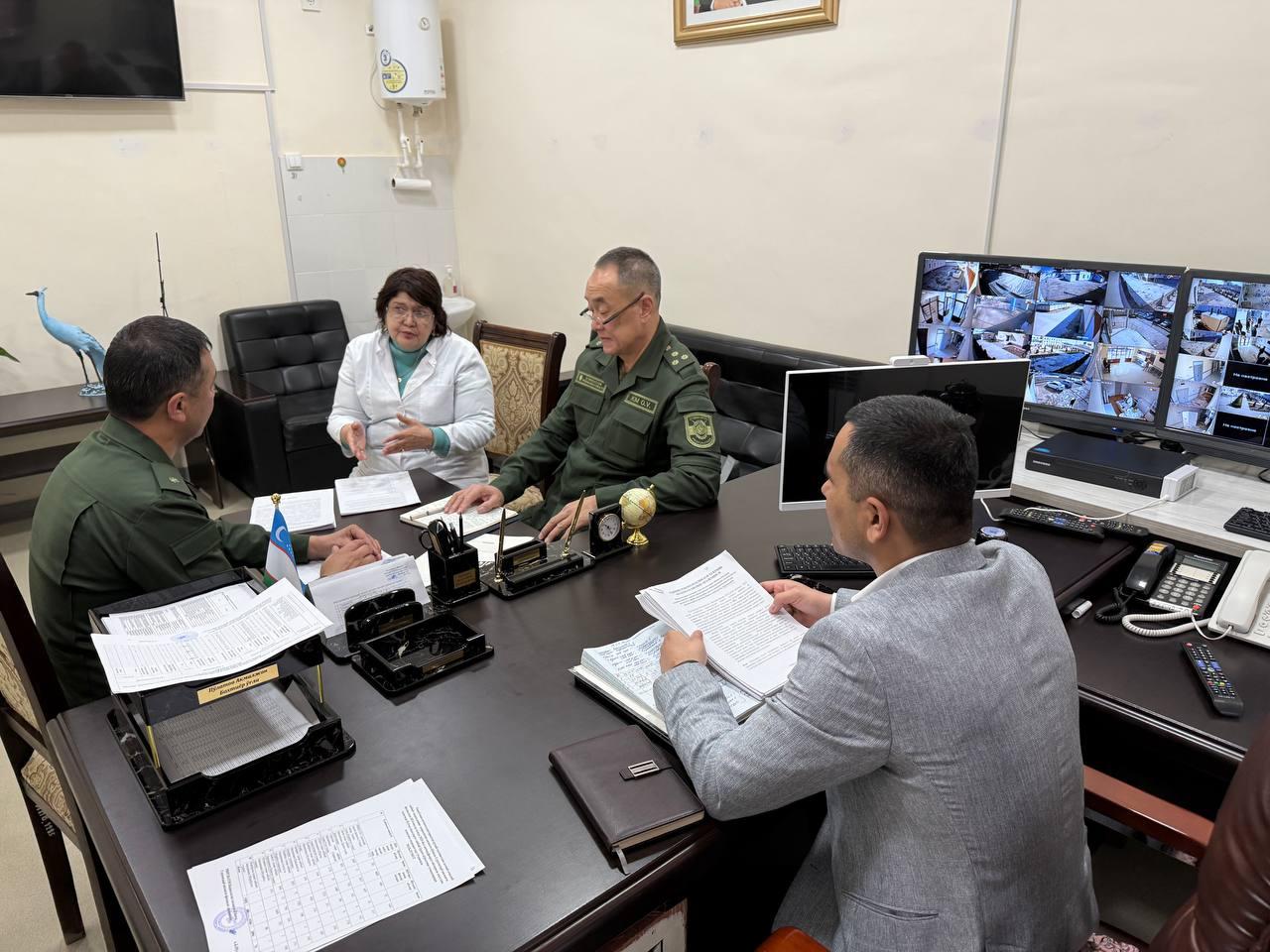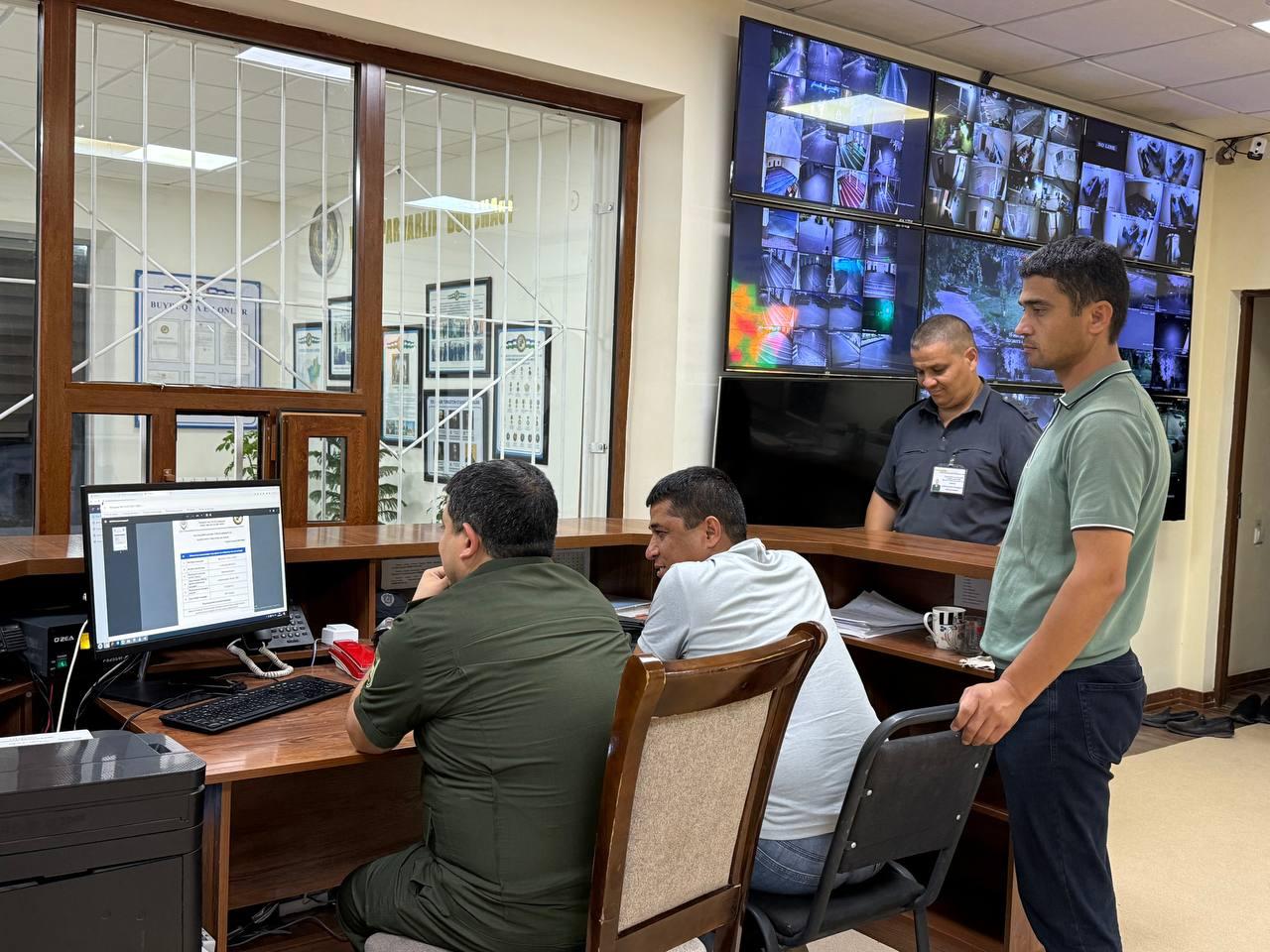Systematic Efforts Continue to Improve the Criminogenic Situation in Neighborhoods
In order to implement the Resolution of the President of the Republic of Uzbekistan No. PD–1 dated January 3, 2025, “On measures to ensure a safe environment in the neighborhoods of the republic in 2025 and to further improve the effectiveness of the system for the early prevention of offenses,” the Law Enforcement Academy is carrying out systematic work on-site.
Since the beginning of this year, the Academy’s working group has been conducting extensive studies in neighborhoods of Surkhandarya region with a high criminogenic risk.
Within these neighborhoods, a comprehensive analysis was carried out to identify the real factors influencing the criminogenic situation, the causes and conditions that enable crimes to occur, as well as existing socio-domestic problems and the effectiveness of preventive work.
Based on the results of the studies, scientifically grounded proposals and recommendations were developed, taking into account the specific characteristics of each locality, and submitted to territorial law enforcement bodies and local authorities for inclusion in quarterly “roadmaps”.
Particular attention was given to working individually with vulnerable social groups such as youth, women, the unemployed, and labor migrants, as well as with former convicts, in order to prevent offenses that may arise due to family or social issues.
As part of the digitalization of preventive measures, specific proposals were made to install video surveillance cameras, intercom systems, facial and vehicle number plate recognition systems in crime-prone areas of certain neighborhoods, and to integrate them with the information systems of internal affairs bodies.
In addition, based on field research conducted by the Academy, methodological manuals aimed at preventing crimes with a high share in general crime statistics—such as theft, fraud, bodily harm, and hooliganism—were prepared and distributed to territorial prevention inspectors and other law enforcement officers for direct use in their daily duties.
At present, efforts continue to study neighborhoods classified in the “yellow” category and to provide scientific and methodological support for the preventive measures being implemented.


